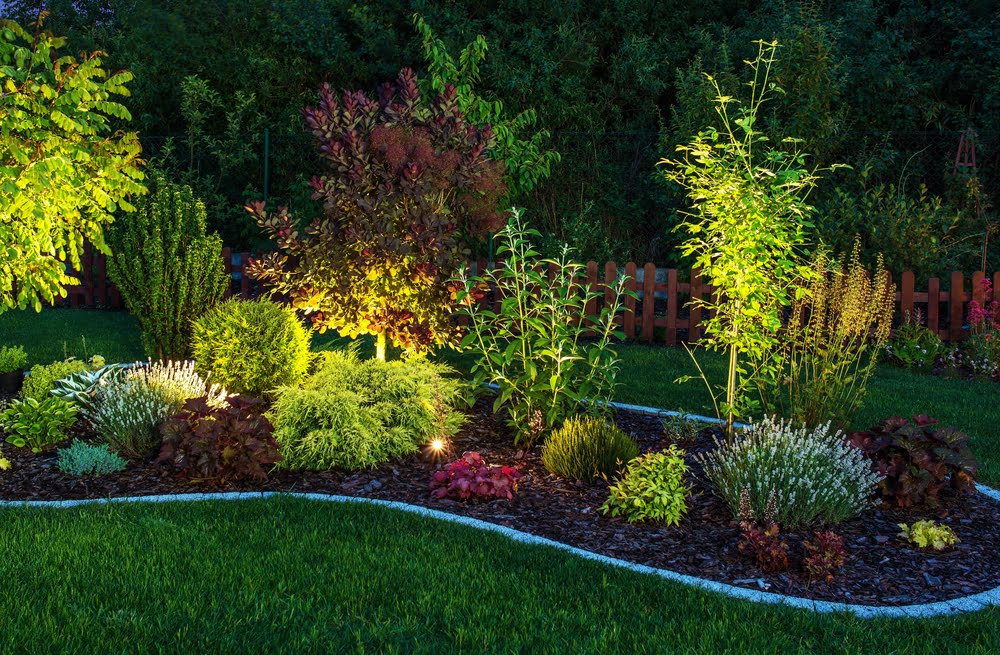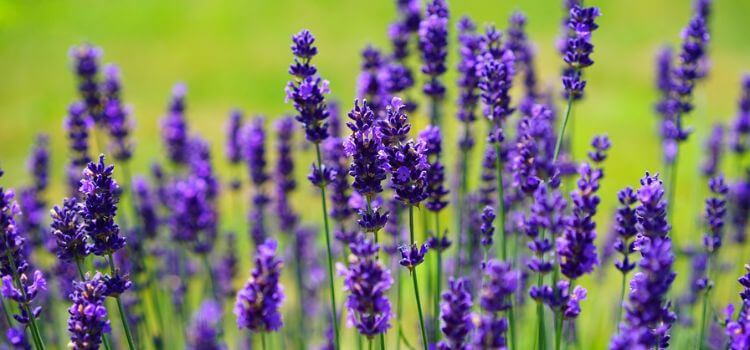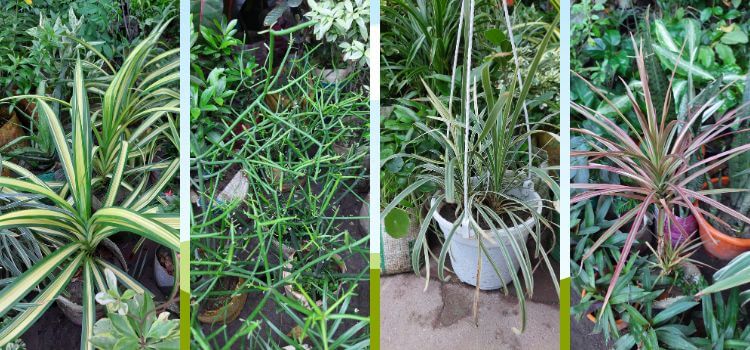As an Amazon Associate, I earn from qualifying purchases.
The easiest outdoor plant to take care of is the snake plant. It requires minimal water and thrives in various conditions.
Gardening can be a relaxing and rewarding hobby. Choosing the right plants is crucial for a stress-free experience. Snake plants stand out as an excellent choice for beginners and busy individuals. They are incredibly resilient and can adapt to different light levels, from full sun to partial shade.
These plants also have low water needs, making them perfect for those who might forget to water regularly. Besides being low maintenance, snake plants also improve air quality by filtering toxins. Their hardy nature and aesthetic appeal make them a favorite for many gardeners. Start your outdoor gardening journey with a snake plant for a hassle-free experience.

Low-maintenance Plants
Everyone loves a garden that thrives with minimal effort. Low-maintenance plants are perfect for busy people. These plants don’t need much attention. They are hardy and forgiving. They can survive in various conditions. Let’s explore the easiest outdoor plant to take care of.
Benefits Of Easy-care Plants
Easy-care plants offer many benefits. Here are some key points:
- Less time spent on maintenance
- Reduced water usage
- Lower costs on fertilizers and pesticides
- High survival rate
These plants are ideal for beginners and experienced gardeners. They provide beauty without the hassle.
Choosing The Right Plant For Your Space
Selecting the right plant is crucial. Consider the following factors:
| Factor | Details |
|---|---|
| Climate | Choose plants that thrive in your local weather. |
| Sunlight | Ensure the plant matches your garden’s light levels. |
| Soil Type | Some plants need specific soil conditions. |
Research is important. Always check the plant’s needs before buying.
Low-maintenance plants are perfect for all gardeners. They save time and resources. Choose the right plant for your space to ensure success.

Credit: millcreekgardens.com
Top Low-maintenance Outdoor Plants
Gardening can be a fun and fulfilling hobby. Yet, not everyone has the time to care for demanding plants. Fortunately, there are many low-maintenance outdoor plants that are easy to take care of. These plants can thrive with minimal effort, making them perfect for busy gardeners.
Succulents
Succulents are among the easiest plants to care for. They store water in their thick leaves, which allows them to survive in dry conditions. This makes them perfect for people who forget to water their plants.
- They require very little water.
- They thrive in sunny spots.
- They come in various shapes and colors.
Here is a table of some popular succulents:
| Succulent | Light Needs | Water Needs |
|---|---|---|
| Aloe Vera | Full Sun | Low |
| Jade Plant | Bright, Indirect Sun | Low |
| Echeveria | Full Sun | Low |
Lavender
Lavender is another excellent choice for a low-maintenance garden. It has a pleasant fragrance and beautiful purple flowers. Lavender is drought-resistant and can thrive in poor soil conditions.
- Plant in a sunny location.
- Water sparingly once established.
- Prune to encourage new growth.
Lavender is also great for attracting pollinators like bees and butterflies. This makes it a wonderful addition to any garden.
Ideal Conditions For Easy-care Plants
Choosing the easiest outdoor plant to take care of involves understanding their ideal conditions. These conditions ensure the plant thrives with minimal effort. Let’s explore the ideal conditions for easy-care plants.
Sunlight Requirements
Most easy-care plants thrive in moderate sunlight. This means around 4-6 hours of direct sunlight daily. Too much sunlight can scorch the leaves. Too little sunlight can stunt growth. Ensure the plant receives morning sun and afternoon shade. This balance helps the plant grow strong and healthy.
Soil Preferences
Easy-care plants prefer well-draining soil. Soil that retains water can cause root rot. A good mix includes 50% garden soil, 30% compost, and 20% sand. This combination provides nutrients and prevents waterlogging. Check soil pH levels. Most plants thrive in slightly acidic to neutral soil (pH 6.0-7.0).
| Soil Component | Percentage |
|---|---|
| Garden Soil | 50% |
| Compost | 30% |
| Sand | 20% |
By ensuring the right sunlight and soil conditions, you make plant care easy. These steps help your plants flourish with minimal effort.
Watering Needs
Understanding the watering needs of outdoor plants is crucial. Proper watering ensures healthy growth and vibrant blooms. Let’s dive into the specifics of watering, focusing on the easiest outdoor plants to care for.
Frequency Of Watering
Some outdoor plants need less frequent watering. These plants are perfect for beginners or busy gardeners. Here is a table with examples of easy-to-care-for plants and their watering frequency:
| Plant | Watering Frequency |
|---|---|
| Succulents | Every 2 weeks |
| Lavender | Once a week |
| Marigolds | Twice a week |
Best Watering Practices
Follow these best practices to ensure your plants thrive:
- Water in the early morning or late afternoon.
- Use a soaker hose or drip irrigation system.
- Ensure the soil is well-draining.
- Avoid wetting the leaves to prevent disease.
Proper watering is key to healthy, happy plants. Keep these tips in mind for an easy and rewarding gardening experience.
Fertilizing And Feeding
Fertilizing and feeding are crucial for a healthy outdoor plant. Even the easiest plants need proper nutrients. This section explains the best practices for fertilizing and feeding.
Types Of Fertilizers
There are two main types of fertilizers: organic and synthetic.
- Organic Fertilizers: These come from natural sources. Examples include compost, manure, and bone meal.
- Synthetic Fertilizers: These are constructed. They often come in liquid or granular form.
Both types have their advantages. Organic fertilizers improve soil health. Synthetic fertilizers provide quick nutrient boosts.
When To Fertilize
Timing is key for fertilizing plants. The best time depends on the plant type.
- Spring: Most plants need nutrients in spring. This helps them grow strong.
- Summer: Some plants need extra feeding during summer. This keeps them healthy in the heat.
- Fall: Fertilize plants before winter. This prepares them for the cold months.
Always follow the instructions on the fertilizer package. Over-fertilizing can harm the plant.
Understanding these basics ensures your outdoor plants thrive. Proper fertilizing and feeding lead to beautiful, healthy plants.
Pest And Disease Resistance
Choosing an outdoor plant that requires minimal maintenance is a dream for many gardeners. One key factor is pest and disease resistance. A plant resistant to pests and diseases stays healthy. This trait reduces the need for chemical treatments and constant monitoring.
Common Pests
Even the easiest outdoor plants encounter common pests. Here are a few:
- Aphids: Small insects that suck plant sap, causing yellowing leaves.
- Spider Mites: Tiny bugs that create webs and cause leaf damage.
- Whiteflies: Small, white insects that weaken plants by feeding on their juices.
Preventative Measures
Preventing pests and diseases is easier than treating an infestation. Follow these steps:
- Regularly inspect plants for signs of pests or disease.
- Ensure proper spacing to improve air circulation.
- Water plants at the base, not the leaves, to prevent mold.
- Use natural predators like ladybugs to control pest populations.
For a quick reference, here is a table of common pests and prevention tips:
| Pest | Prevention Tip |
|---|---|
| Aphids | Introduce ladybugs to your garden. |
| Spider Mites | Spray plants with water to knock them off. |
| Whiteflies | Use yellow sticky traps to catch them. |
By choosing plants with pest and disease resistance, you ensure a lush, healthy garden with minimal effort. This makes gardening a joy and not a chore.
Pruning And Maintenance
Pruning and maintenance are essential for keeping outdoor plants healthy. These tasks ensure your plants grow strong and look beautiful. Knowing when and how to prune is crucial for plant care. This guide will help you understand the basics of pruning and maintenance for the easiest outdoor plants to take care of.
When To Prune
Prune your plants at the right time to encourage growth. Different plants have different pruning times. Here is a quick guide:
| Plant Type | Best Time to Prune |
|---|---|
| Shrubs | Late Winter or Early Spring |
| Flowering Plants | After Blooming |
| Fruit Trees | Late Winter |
How To Prune
Pruning is easy with the right tools and techniques. Follow these steps:
- Use clean, sharp pruning shears.
- Remove dead or diseased branches first.
- Cut at a 45-degree angle above a bud.
- Thin out crowded branches for air circulation.
- Shape the plant by trimming overgrown areas.
Remember to wear gloves and protect your hands. Pruning helps your plant stay healthy and look its best.
Seasonal Care Tips
Taking care of outdoor plants can be easy. With the right tips, your plants will thrive in any season. Below are some seasonal care tips to help you out.
Winter Care
Winter can be harsh on plants. Follow these tips to protect them:
- Watering: Water your plants less often. Overwatering can freeze the roots.
- Mulching: Use mulch to keep the soil warm. This helps protect the roots.
- Covering: Cover plants with cloths or blankets. This shields them from frost.
Summer Care
Summer heat can be intense. Keep your plants healthy with these steps:
- Watering: Water your plants early in the morning. This prevents evaporation.
- Shading: Use shade cloths to protect plants. This prevents sunburn.
- Mulching: Apply mulch to retain moisture. This keeps the soil cool.

Frequently Asked Questions
What Is The Easiest Outdoor Plant To Care For?
The easiest outdoor plant to care for is the spider plant. It thrives in various conditions, needs minimal watering, and is highly resilient.
How Often Should I Water Easy Outdoor Plants?
Water easy outdoor plants once a week. Adjust frequency based on weather and soil dryness to ensure optimal growth.
Do Easy Outdoor Plants Need Fertilizer?
Yes, easy outdoor plants benefit from fertilizer. Use a balanced, slow-release fertilizer once a month for best results.
Can Easy Outdoor Plants Survive Winter?
Some easy outdoor plants can survive winter. Plants like pansies and certain herbs are cold-tolerant and can withstand frost.
Conclusion
Choosing the easiest outdoor plant to take care of can transform your gardening experience. Low-maintenance plants like succulents and lavender make great choices. These plants thrive with minimal effort and enhance your outdoor space. Start simple and enjoy a beautiful, hassle-free garden.
Happy planting!

